Publications

Sounding Things Out - A Journey Through Music and Sound Art
Sound is ephemeral. It does not belong to anyone. It cannot be captured in words. Writing on sound art usually focuses on the same familiar figures, but this treatment will broaden the field to explore artistic practitioners like the godfather of movie sound, Walter Murch, the king of the jungle Chris Watson, naturalist and explorer Alexander von Humboldt, pioneer wildlife recordist Ludwig Karl Koch, American pioneer composer and master teacher James Fulkerson, uncompromising composer Eliane Radigue, visionary sound sculptor Edgard Varèse, offbeat composer Luc Ferrari, true maverick Maryanne Amacher, and sonic terrorist MSBR aka Koji Tano and others. Sounding Things Out explains what it is like to work as a composer with sound and installation art. Drawing on anecdotal and personal insight as well, Esther Venrooij explores the spaces between sounds, and follows the subject through the cracks where it isn’t supposed to go, thereby making her sound art theory accessible to anyone with an interest in music and sound. Following sound as a subject matter through the cracks where it isn’t supposed to go, and by exploring the spaces between sounds, Esther Venrooy breaks away from traditional writing about sound. She explores this subject in balancing of her experienced practice as composer working with sound and installation art, with critical reflection.
Author: Esther Venrooij
Text editing: Allon Kaye & Clodagh Kinsella
Image editing: Esther Venrooij & Arthur Roeloffzen
Graphic design: Arthur Roeloffzen
Printing: Graphius, Ghent
Funding: LUCA School of Arts: Research & Science Communication
Available @ Onomatopee
Audio Topography - The interaction of sound, space and medium

In this PhD, I have tried to elucidate my position as an artist working with sound, among other materials. This first led me to the history of sound art and the construction of a sound work. What is sound? What is music? What is the difference between music and sound? Building on this theoretical framework, I have looked into the fields that define a sound work: ‘sound’ and ‘space’, but also ‘medium’. 12 Copies in 2015.
Between the Fiction and Me - Umwelten of artists and architects
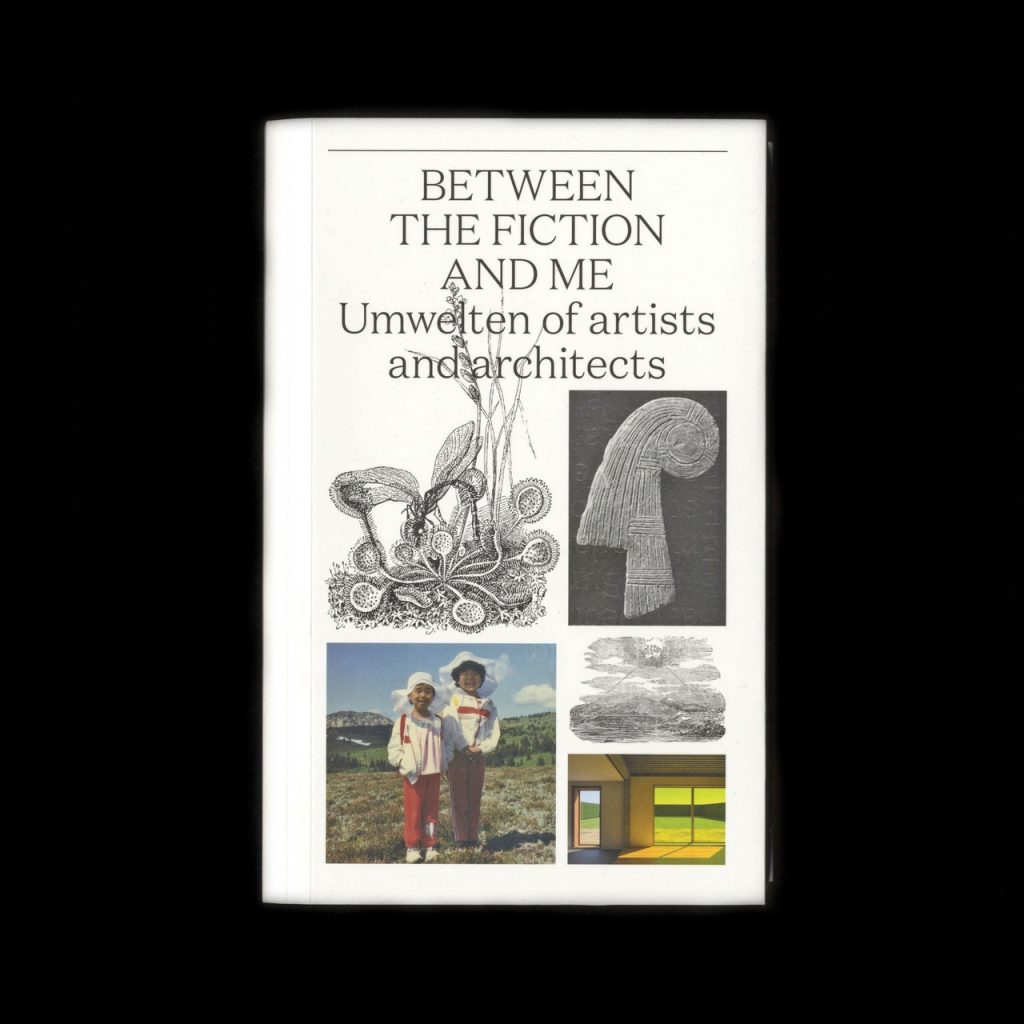
What triggers the act of creating? What role do sensory cues, environmental factors, and interdisciplinary exchanges play in this? The semiotic theories of Jacob von Uexküll, a Baltic German biologist, served as an important starting point in addressing these questions. In 1934 he proposed the concept of the Umwelt as a means to assess the behaviour of humans and animals, their realm of experience, and capacity to act. An investigation into the complexity of these Umwelten, from the natural world to “inner worlds” and “time worlds”, is carried out by theorists, artists, and architects such as Andrés Jaque, Esther Venrooy, Bart Decroos, Isolde Vanhee, Joseph Kohlmaier, and more. Published by Grafische Cel & Idea Books in 2018. To buy this book.
THe listening Reader, ed. Sam Belinfante and Joseph kohlmaier
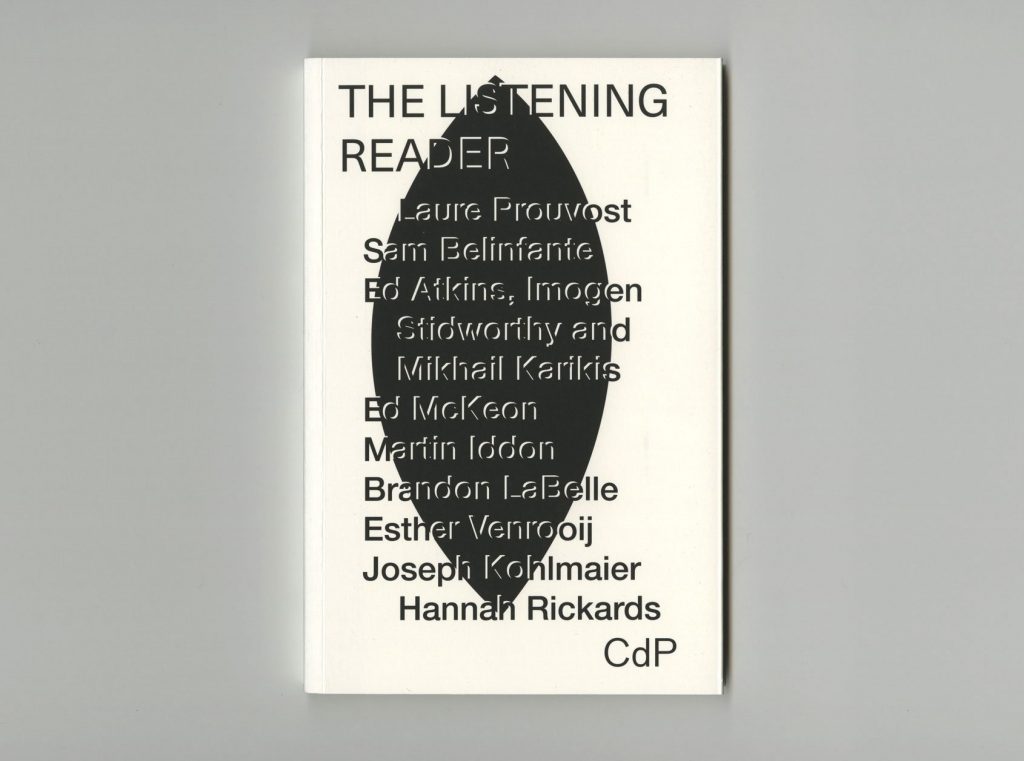
There is nothing Connected, Nothing distinct
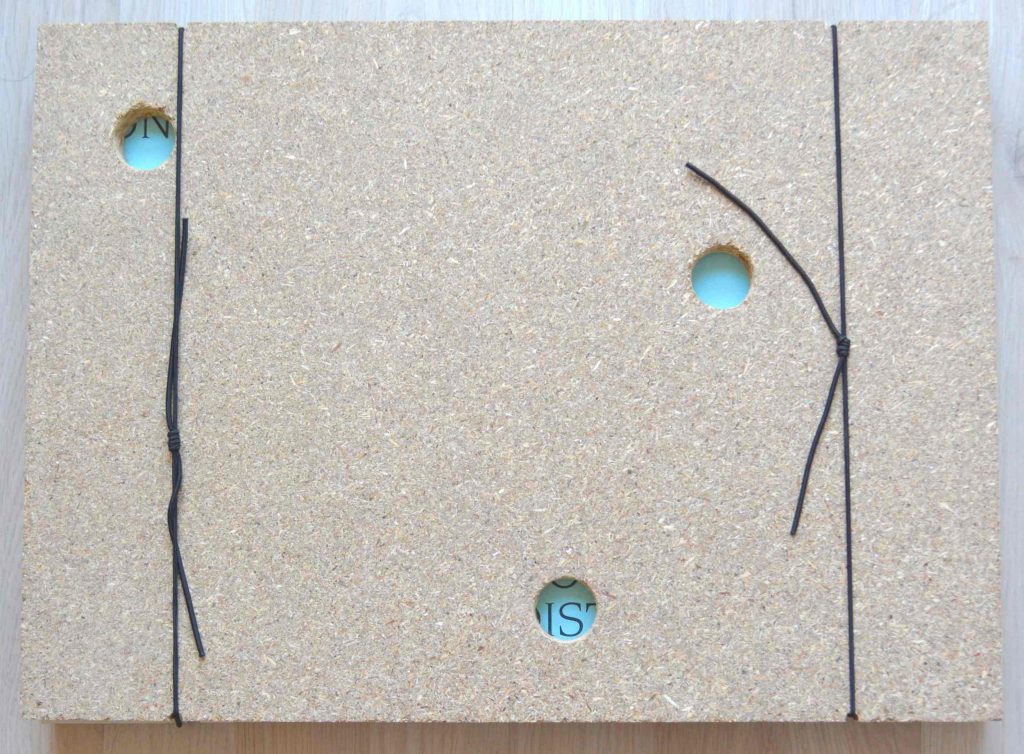
The text The distance to one’s own hand1 by philosopher Volkmar Mühleis deals with the notion of the giving hand, something Esther is fascinated. Within the visual arts, the idea of giving is central, with the gesture of the artist placed in a noble position. To what extent can we open this gesture towards the idea of receiving? Inspired by Mühleis’s text, Esther Venrooy researches fragmented space and the role of the hand, or the geste, within the visual image. This is all undertaken together with the artist Hans Demeulenaere. 12 Copies in 2019.
CD's & vinyls
Shift coordinate points

Static. Seven short electronic pulses. Then — out of thin air — a woman’s voice dictates: “…eins, zwei, fünf …eins, zwo, fünf… drei, vier, fünf…” Who are these voices, tirelessly reciting seemingly random series of numbers, phonems and words? And who are these cryptic messages meant for? The messages are irreversibly encrypted, their contents unintelligible to anyone but the designated receiver. In 1997, British maverick label Irdial-Discs collected a selection of so-called ‘numbers stations’ or ‘spy stations’ recordings under the title The Conet Project. This plays like a ‘best of’ of more than 30 years’ worth of secret radio and contains fragments of American, German, Swedish and Russian transmissions. Released on Entr’acte in 2005.
The spiral staircase
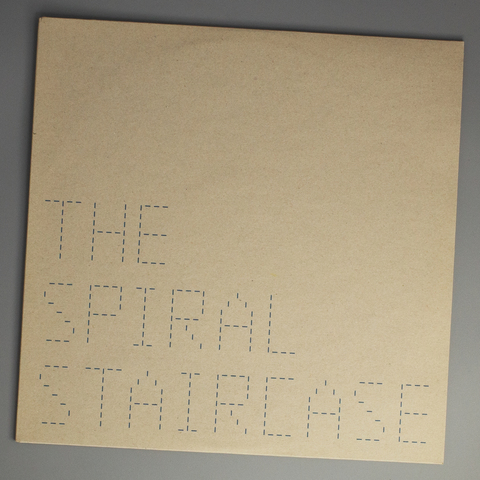
The Spiral Staircase is a series of short electronic vignettes that constitute two vertical progressions. The pieces were composed during 2006–7 and consist of layered bodies of sound. Some of the source material was created on the EMS Synthi 100 at the IPEM (Institute for Psycho-acoustics and Electronic Music) in Gent, Belgium. Cut by Rashad Becker at D&M, Berlin. Thanks to Eric Olson at Process Type Foundry. Released on Entr’acte in 2006.
Vessel
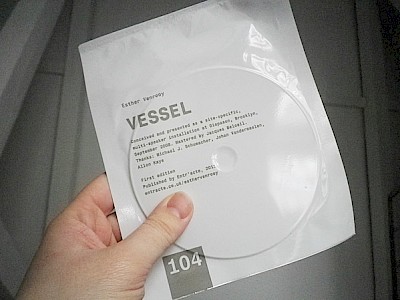
“When I was young, at night, if the wind was blowing in the direction of our house I could hear the slow beating of the ships’ engines.” Vessel was conceived for and presented as a site-specific, multi-channel sound installation in Diapason Gallery, Brooklyn, in October 2008. The composition consists of recordings of cargo ships on the river Waal in the vicinity of Zaltbommel, a small town in the heart of The Netherlands. Released on Entr’acte in 2008.
Point Break

In 2010 electronic musician Esther Venrooy and drummer Lander Gyselinck were invited to collaborate with two Chinese musicians during the Shanghai World Expo. This event inspired Venrooy and Gyselinck to start their own collaboration which resulted in the creation of Point Break. Fascinated by speech patterns, film dialogues and cut-up techniques they explore the interaction between acoustic drums, electronics and digital processing. Released on Entr’acte in 2011.
Mock interiors
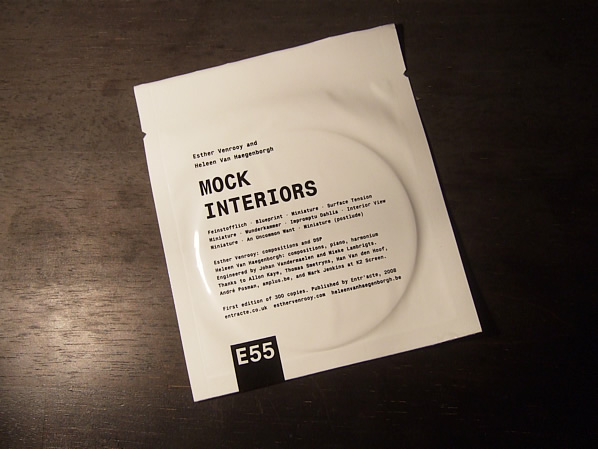
In collaboration with pianist Heleen Van Haegenborgh, Esther explores the synergy of acoustic piano with electronics and digital sound processing. Their compositions aim to draw the listener into the inner workings of the piano. Employing a battery of microphones, resonating elements and tiny inaudible mechanical sounds are captured, manipulated and magnified through electronic means, resulting in fragile textures where the boundaries between electronic and acoustic sound become blurred. Released on Entr’acte in 2008.